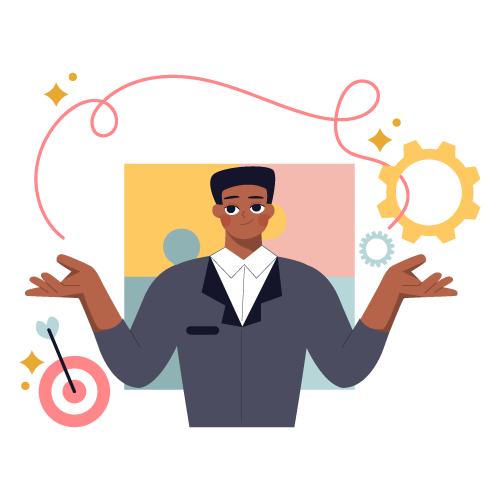Finding ways to increase productivity is a goal of every business in existence. If your employees seem a little sluggish, it’s not your imagination nor your impatience. According to a 2014 Salary.com survey, a whopping 89 percent of workers admitted to wasting time during the course of their workday, with 62 percent copping to at least 30 minutes of lost time. When broken down by age groups, it’s millennials–employees aged 18 to 32–who waste the most time; between 91 percent and 95 percent report boondoggling at work.
Employees have these bouts of under-productive time for a variety of reasons: sheer boredom, getting distracted, feeling underpaid/undervalued, or just because they can. If your business is struggling with a way to keep employees engaged and productive, eLearning is a viable solution. Top Fortune 500 companies are finding that implementing an eLearning strategy can help them reach productivity goals and reap a multitude of other benefits.
Reduced Distractions
The number one culprit for wasting time at work? Google. 24 percent of Salary.com respondents blamed the search engine for taking their time away from work. (Facebook was a close second at 23 percent.) Comprehensive eLearning solutions, however, remove the temptation by creating resources for employees to find what they’re seeking – quickly. If an employee has a reference library or an informational module to visit, he or she is less likely to get sidetracked on Google or Facebook. In particular, Go here for a free eBook on Microlearning, which is a powerful eLearning solution for this common problem.
Improved Collaboration
Employees are more productive when they work together, but without the tools for collaboration, managers can’t always expect workers to automatically solicit colleague input. When eLearning is used as a method to train and share information, employees are more likely to ask questions and feel comfortable working together for a better end product. Traditional corporate training has been done in classes or in isolation, but many Fortune 500s are adopting social learning systems to develop “learning communities” into their training. Learners in these communities collaborate and share information during their learning experience, breaking the boundaries imposed by previous training.
More Flexibility
Employees want an employer that is flexible and empowering; something that doesn’t typically shine through in mandatory training meetings. By uploading course material into a module accessible via computer, tablet, or smartphone, employees are shown that they are trusted to access eLearning on their own time and at their own pace. It’s a strategy that could really pay off; according to Saxons Group, 65 percent of employees say that increased flexibility would make them more productive at work.
Learner Respect
Painting employees with a broad stroke does no favors, especially when it comes to training. Each employee brings his or her own knowledge base and learning style to the table. Utilizing eLearning demonstrates your respect for your employees as individuals. Rather than forcing everyone through the same training, each learner gets to create a personalized path by taking time on concepts that need extra review, or even skipping the already-mastered skills and information. These adaptive learning tools help administrators anticipate where the learner might face difficulties, and allow them to provide the right kind of support and tools needed to achieve optimal results.
Enthusiasm
An enthusiastic employee is a productive employee, and eLearning serves as a platform to help build eagerness and engagement among teams. When employers take the time to plan thoughtful, efficient, and entertaining eLearning opportunities, a powerful message is sent to employees that they are valued and someone is willing to invest in them. In conjunction, eLearning allows an organization to show an employee exactly how a specific skill is relevant to their work, and how their contributions impact large company goals. This investment is paid back through employees who are willing to go the extra mile and further their skills to develop in their roles. Employees also feel a deeper connection to the organization and are able to see the meaning and relevance of what they do daily.
There are plenty of tips for improved productivity at work. From open workspaces, opportunities to give back to the community, and an authentic workplace culture, productivity hacks are designed to squeeze the most potential from each and every employee. But while planning productivity strategies, don’t forget the foundation of solid onboarding and continual development. By proving that you’re willing to be productive for your employees, they’re more likely to return the favor.
This article was originally published as a guest post by our co-founder, Simon Casuto, on Tech.co here: http://tech.co/top-fortune-500-companies-using-elearning-increase-office-productivity-2016-01






